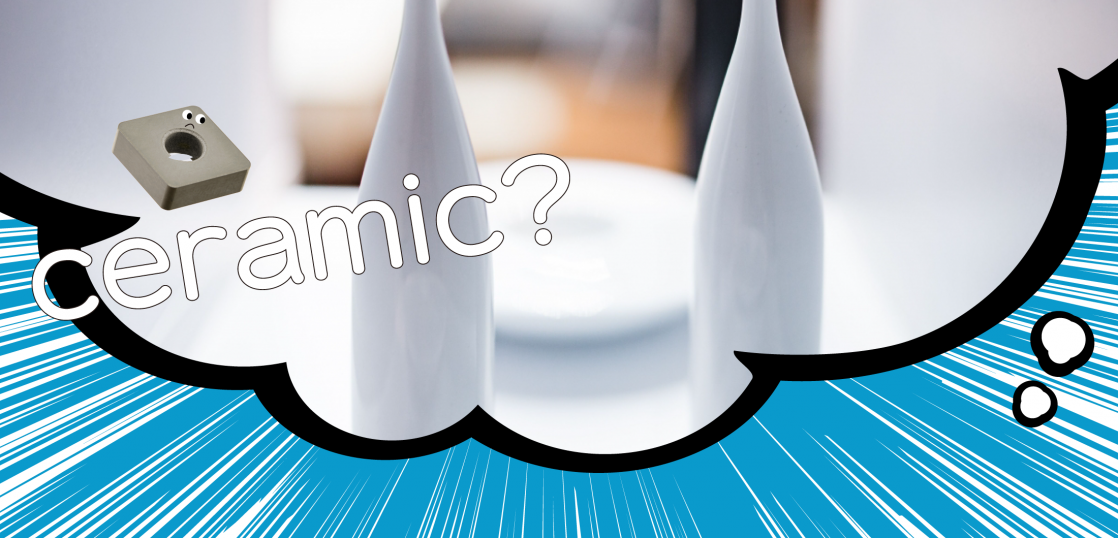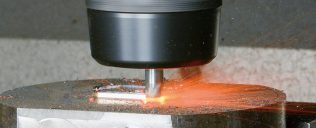If you hear “ceramic tool”, does an image of it “breaking” come to mind?
Like if you drop a tea cup, it’s breaking, right?
In this article, we will discuss two reasons why ceramic tools can realize significant “productivity improvement” at the manufacturing site.
Question: What is ceramic for tooling in the first place? Isn’t it the same material used for pottery?
Answer: It is completely different from material used for pottery. There are three main differences.
① The raw materials are different !
The main raw material for pottery (plates and bowls) is clay.
Ceramic cutting tools are made from raw materials with high hardness and chemical stability, such as alumina (Al2O3) and zirconia (ZrO2).These are materials that are much "harder" than clay.
② The molding method is different !
Pottery are molded by human hands or with utensils (potter's wheel, etc.).
Ceramic cutting tools are molded by packing the raw materials into a special mold and pressing them with a special device that applies a strong force of about 1 to 2 tons per 1 ㎠.
This compresses the material, reducing the gaps between the particles to create a "strong" ceramic tool material.
③ The baking temperature is different !
Pottery is fired at a relatively "low temperature" of about 900-1,300 ℃
Ceramic cutting tools are fired at "high temperatures" of 1,500 ℃ or higher.
By strictly controlling the baking temperature and time, high-quality and high-performance ceramic tools can be manufactured.
Now it is easy to see the difference between ceramic tools and pottery (ceramic)?
Next, we will discuss the reason why such ceramic tools can cut hard metals such as cast iron, heat-resistant alloys, and hardened materials at “high speeds”.
Two reasons why ceramic tool materials can be used to machine in high-speed conditions:
1. It does not soften at high temperatures
2. It does not crack at high temperatures
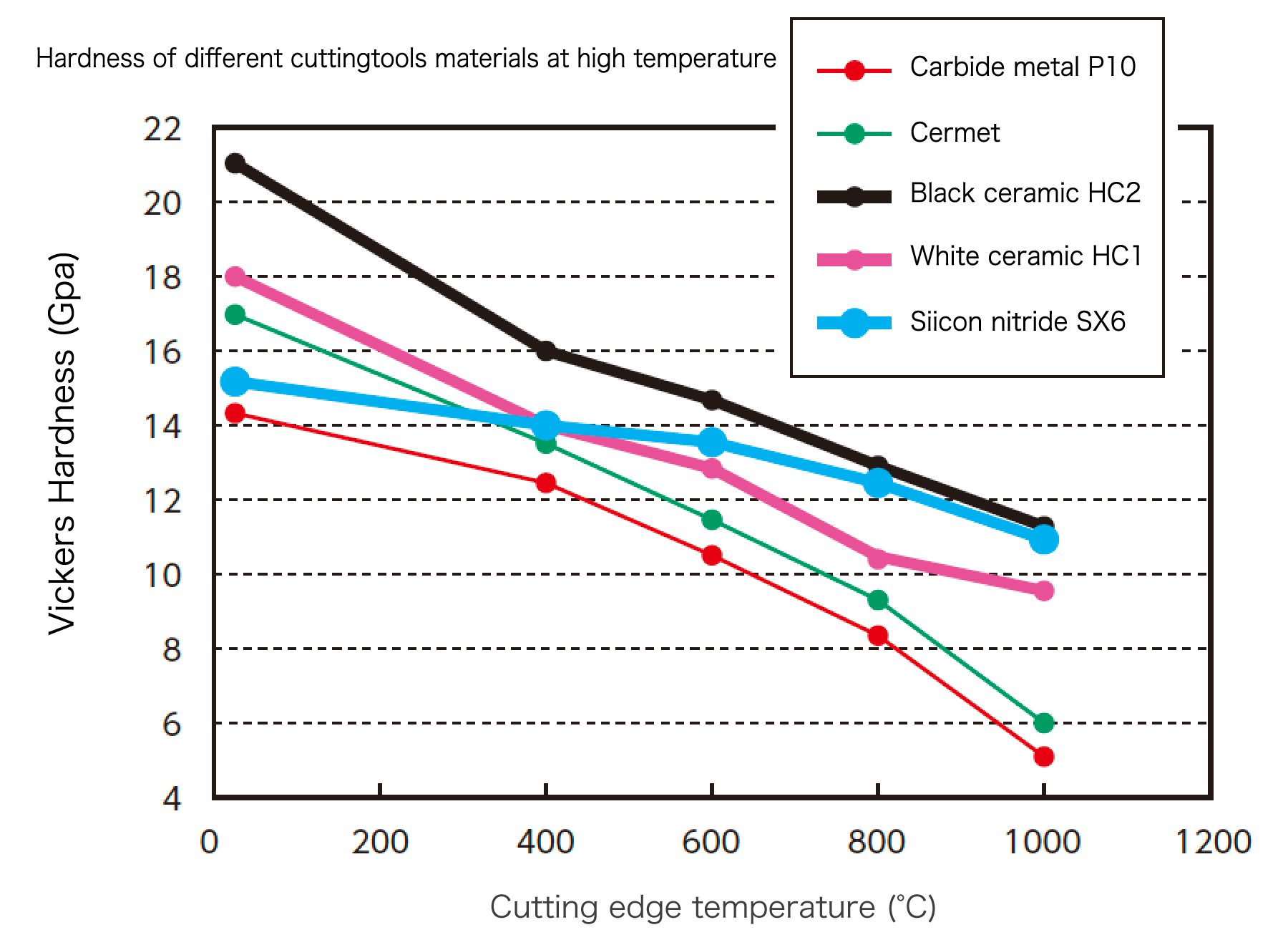
Reason 1. Even if the insert gets hot, it will not become soft
What does this mean?
The table on the left represents the tool cutting edge temperature and the hardness of the tool material during cutting.
Metal becomes softer when heated. The same is true of cutting tools. The higher the machining speeds the more the cutting edge temperature increases due to frictional heat with the workpiece in turn reducing the insert hardness. In other words, it becomes softer. At a temperature of 1,000 ℃ carbide and cermet hardness drops to about 35% of its hardness when at room temperature.
However, ceramic tools (White ceramic HC1, Black ceramic HC2, Silicon Nitride SX6) have a unique characteristic that results in a smaller decrease in hardness than that of carbide even if the cutting edge temperature rises. In particular, silicon nitride SX6 material maintains 73% of its room temperature hardness, at a machining temperature of 1,000 ℃. High-speed cutting of cast iron and heat-resistant alloys is possible because hardness can be maintained even at the cutting edge temperature range where the carbide becomes soft.
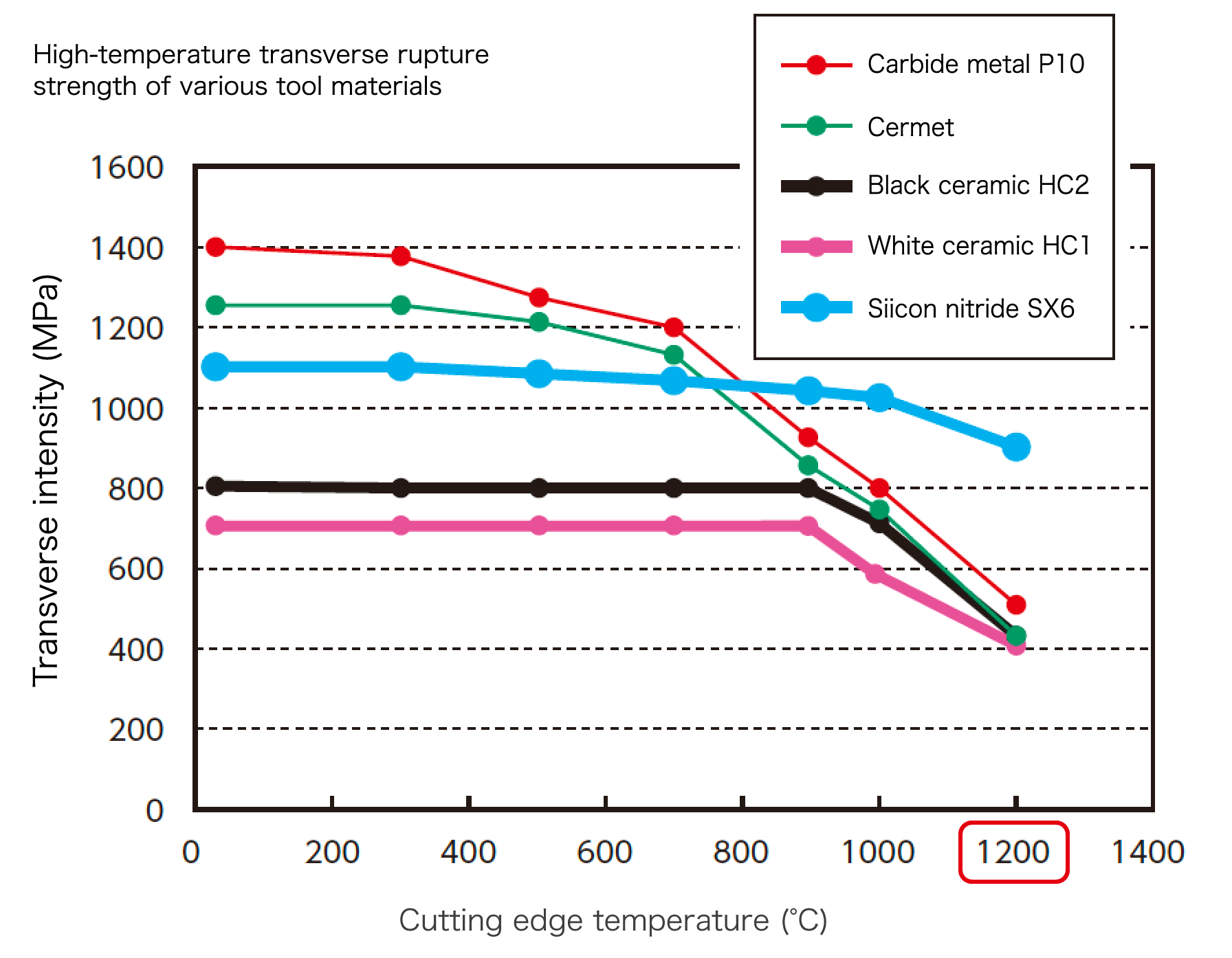
Reason 2. Even if it gets hot, “it does not crack”
What does this mean?
The table on the left represents the tool cutting edge temperature and breaking strength during cutting. Breaking strength is its resistance to bending. Carbide is strong at room temperature and has the advantage of not cracking easily.
However, for carbide, when the cutting edge temperature rises, the strength decreases, and at a temperature of 1,200 ℃, it decreases to about 35% of its strength at room temperature.
However, silicon nitride SX6 material has a very small strength drop. It maintains about 82% of its room temperature strength, even in the temperature range of 1,200 ℃. Therefore, ceramic tools can machine stably even in the cutting temperature range where the carbide cracks.
Lets look at some examples of achieving productivity that greatly exceeds that of carbide tools by taking advantage of the “hardness” and “strength” characteristics of ceramic cutting tools in the high temperature area. First is an example of achieving “15 times” higher efficiency in heat resistant alloy machining application and the second example showing “3 times” the efficiency when machining cast iron.
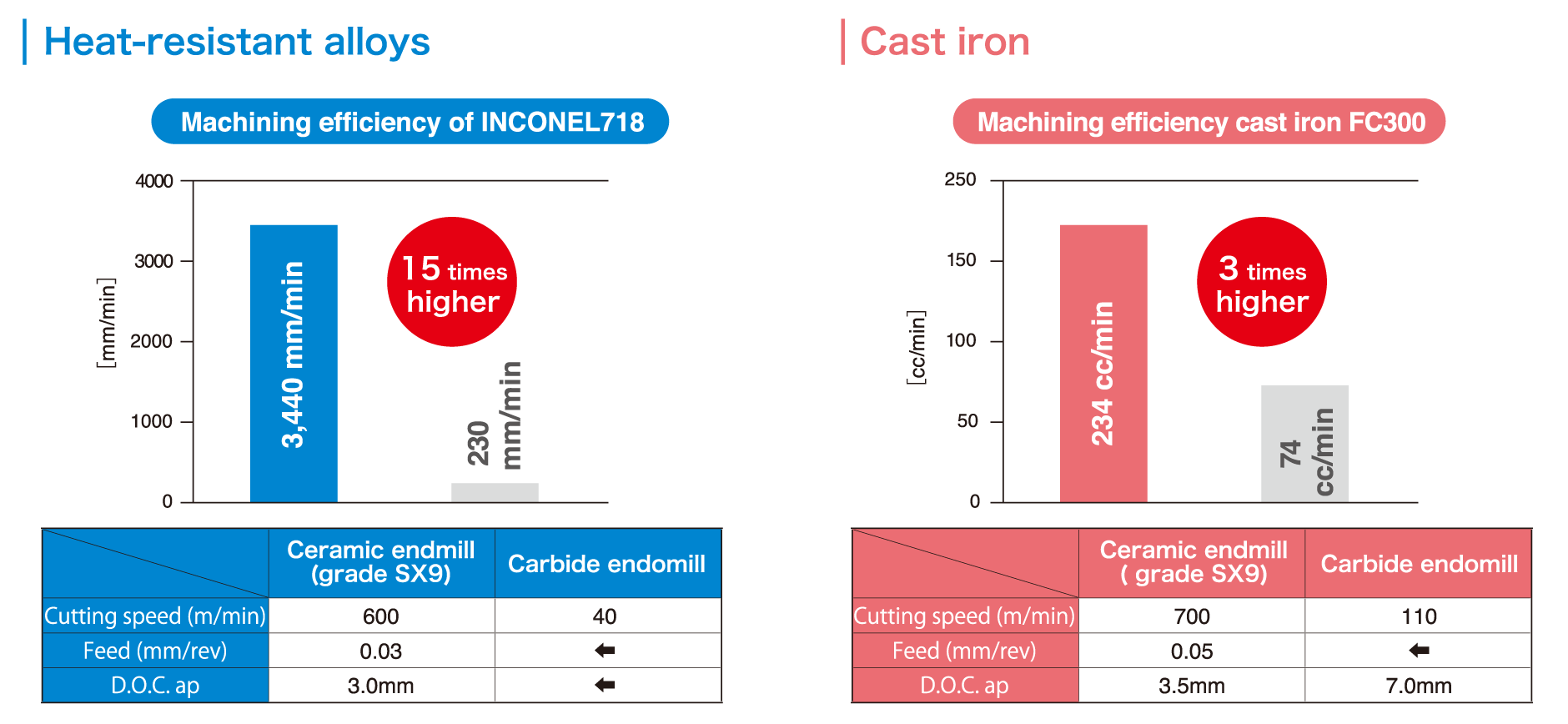
Ceramic Tools VS Carbide Tool Speed Comparison Video
Heat Resistant Alloy Inconel 718
Cast iron FC200
We hope this information helped you see why ceramic tools can machine stably even in high-speed areas.
And, that you will discover applications for ceramic tools to help you achieve “productivity improvement”.

